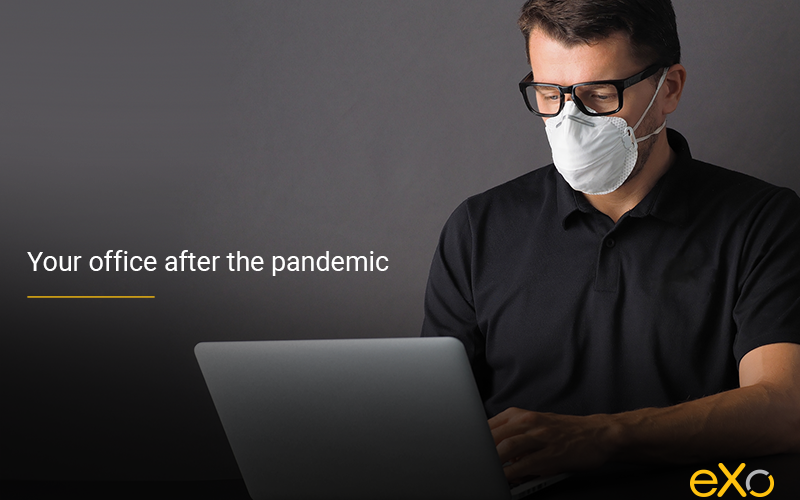- Fares Laroui
- May 21, 2020
Will COVID-19 mean the end of the office as we know it?

Content
A time of change
The rapid spread of the novel coronavirus has had a deep impact on industries around the globe and on the way we go about our daily lives. Strict social distancing measures taken by a host of countries meant businesses needed to adapt their HR policies and introduce remote working to ensure business continuity. According to an MIT report, nearly half of Americans are working from home.
The majority of those telecommuters (34% of all respondents) have switched from commuting to working remotely, while the remainder (14.6% of all respondents) already worked from home. These figures far exceed the 37% estimate of jobs that can be performed from home in the US. Comparing the MIT report findings with studies conducted prior to the pandemic shows the significant impact of the novel coronavirus on work culture.
For instance, only 4% and 7% of Americans, in the public and private sectors respectively, stated they benefit from flexible working arrangements according to the 2019 national compensation survey.
A new look and feel to the office
The office might not be dead, but it will certainly change for good
The novel coronavirus will also influence the future of co-working. In the short term, co-working spaces are facing cancellations from start-ups and freelancers. Experts believe that the sector might temporarily suffer and its future is directly tied to the capacity of countries to contain COVID-19. In the long term, however, co-working might look a bit different (as is the case with offices).
Co-working spaces might constitute a viable solution for small businesses looking for cost-effective flexible spaces. In order for that to happen, co-working spaces need to radically change their DNA and their core offerings. Communal areas, phone booths and hot desks will need to be redesigned as they are often associated with cross-contamination and could present a threat to the health and safety of individuals.
Depuis l’apparition de ces termes il y a une dizaine d’année, les concepts sous-jacents n’ont eu de cesse d’évoluer et on peut trouver autant de définitions que d’avis.
discover all the features and benefits
- Tags: Thought leadership
Related posts
- All
- eXo
- Digital workplace
- Open source
- Internal communication
- Collaboration
- News
- intranet
- Future of work
- workplace
- Knowledge management
- Employee engagement
- Employee experience
- Employee productivity
- onboarding
- Employee recognition
- Change management
- Cartoon
- Digital transformation
- Infographic
- Remote work
- Sneak Peek
- Solutions
- Thought leadership
- Tips & Tricks
- Tutorial
- Uncategorized
Leave a Reply
( Your e-mail address will not be published)